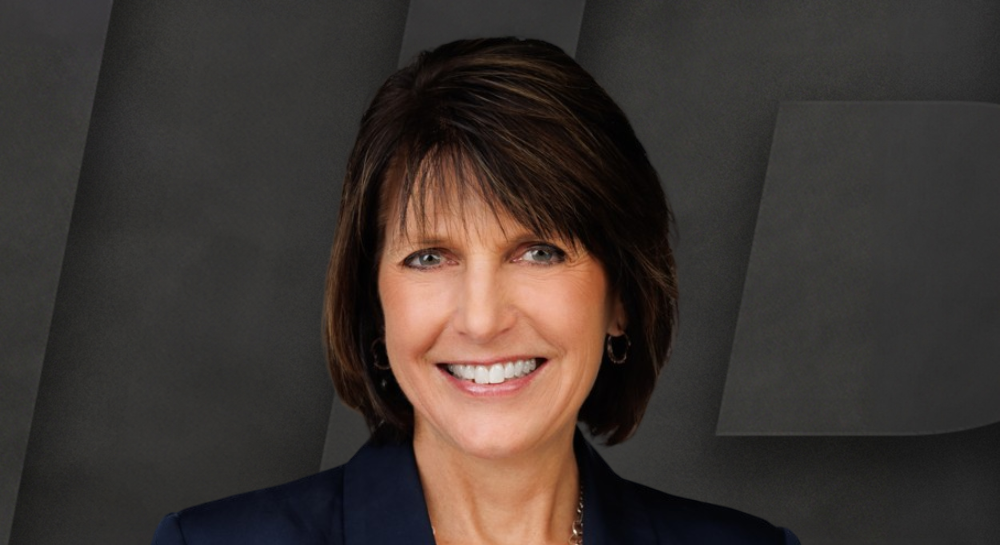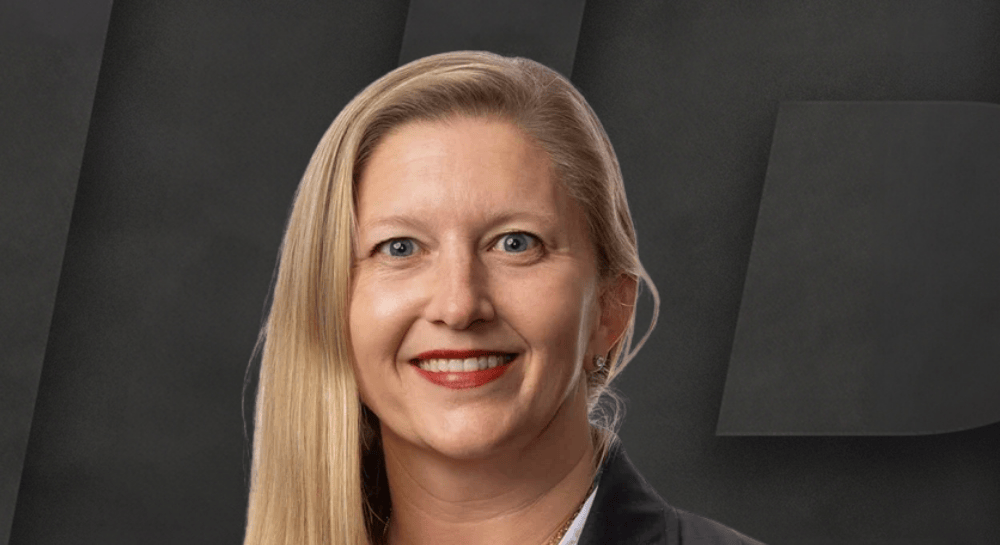by Chris Petersen on 2025 | 11

When Kim Crider, Founding Partner at Elara Nova, became the Air Force's first Chief Data Officer, she had no mandate, minimal staff, and skeptical four-star commanders. Her CORONA presentation changed everything: using actual pilot retention data and analysis, she demonstrated how insufficient training aircraft was driving attrition. The Secretary's response unlocked buy-in across the service.
Kim shares how she did it: start with the decision you need to make, then work backwards to determine what data you need, where to get it, and how to manage it. This problem-first approach drove real outcomes, from identifying landing gear failures caused by excessive fuel loads to optimizing mission planning.
She also warns defense leaders that tech disruption means nothing without adoption infrastructure. AI capabilities, for example, fail at scale without proper data centers and power systems. Invest equally in disruption and the foundational infrastructure that enables adoption — test environments, integration capabilities, and the cultural shift needed for people to work effectively with new technology.
Topics discussed:
Listen to more episodes:
These Related Stories



No Comments Yet
Let us know what you think